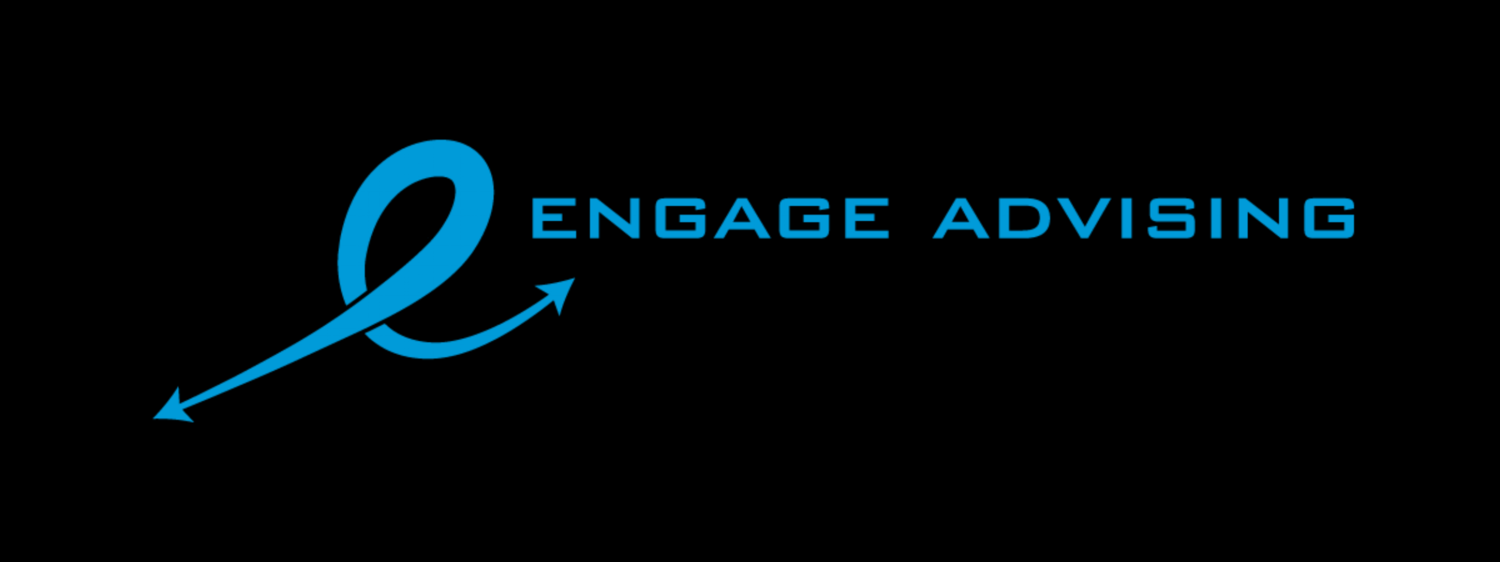For those of you who just read my quarterly newsletter, this post will be a bit of rehash. If you don’t receive my quarterly newsletter, you can sign-up here! For National Financial Literacy Month, I’m going to cover Required Minimum Distributions (RMDs) and why you should care about RMDs.
So, what is an RMD. The simplest definition is that it is an amount of money that the owner of a traditional IRA, SEP IRA, or SIMPLE IRA account, and qualified plan participants (think 401(k), 403(b), and 457 plans), must begin withdrawing from their retirement account by April 1 following the year in which they reach age 70 1/2. Got that? To complicate matters, some qualified plan participants may be able to delay taking their RMD if they are still working and older than 70 1/2 but you really must read your plan documents carefully. Many people only think of RMDs in relation to their IRA, but RMDs can be much more complicated. If not handled properly, they can also be very costly and that is why you should care. Let's take a closer look at RMDs.
When do RMDs begin? As mentioned, once you reach age 70 1/2 RMD rules require that you take a distribution from retirement accounts that are covered by these rules by April 1 following the year in which you turned 70 1/2. Remember, there are multiple types of accounts that are covered by the RMD rules (IRA accounts, qualified 401(k), 403(b), and 457 plans) and in some cases, you can aggregate account types, but not in all cases.
Another wrinkle to keep in mind, a Roth IRA does not have any RMD requirement. However, a Roth 401(k) does have an RMD requirement if the funds are still in your Roth 401(k) account! See, it starts to get confusing. Further complicating the RMD rules, you cannot pull a single distribution from one account type (say, an IRA) and have it cover all account types (for example, if you also had a 403(b) account). Distributions need to come from each account type if they cannot be aggregated.
This is important and you should care because if you miss an RMD, the fine is 50% of the missed RMD amount. This is a very steep penalty and could affect your annual spending plan. Let's look at an example and assume you have the following:
Traditional IRA $500,000
Self-directed IRA $50,000
Roth IRA $85,000
401(k) $350,000
403(b) $125,000
In our example, we will use round numbers for the sake of simplicity. In reality, to calculate your RMD you use what is called a distribution factor based on age which ranges from 27.4% down to 1.9%. We are using a round 4% only as an example. Pretend you are age 74, and your RMD withdrawal rate is an even 4% (for simplified math purposes only, NOT your real rate). You would need a total RMD of $41,000 from the above accounts. That would be made up of $20,000 from the IRA, $2,000 from the self-directed IRA, $14,000 from the 401(k), and $5,000 from your 403(b). Further assume that for simplicity you ask your IRA administrator to send you a check for $41,000 thinking you have satisfied your total RMDs for the year for all accounts. You would be subject to a fine of $9,500 (plus any additional penalties and interest) for not taking the necessary RMD from your 401(k) and your 403(b). Ouch! Remember, your penalty is 50% of the RMD distribution that should have been taken from each required account. The check from the administrator would have satisfied both your IRA and self-directed IRA distribution because those two accounts can be aggregated so it doesn't matter which account the distribution comes from. The overage amount of the check, $19,000, would not satisfy the RMD for the 401(k) and 403(b) amounts, hence the $9,500 penalty. There is no required distribution from the Roth IRA. Remember, however, that Roth 401(k) plans are subject to penalties if an RMD is missed. This is especially harsh because Roth distributions are not taxable (if meeting all other Roth requirements for tax free distributions).
When it comes to RMD rules, don't wing it, don't ask your cousin, and don't trust everything you hear. Get sound advice and be sure you are pulling the correct RMD amount from the correct account. A 50% penalty for an overlooked distribution is a terrible thing!
As an independent Certified Financial Planner™, I can help you with your RMDs. Contact me and let’s get started. #talktometuesday #getstarted #HowIcanHelpYou #GetHelp #Hireaplanner #RMD #RMDs #IRS #CFPPro #savemoney #penalty #financialliteracymonth #financialliteracy


